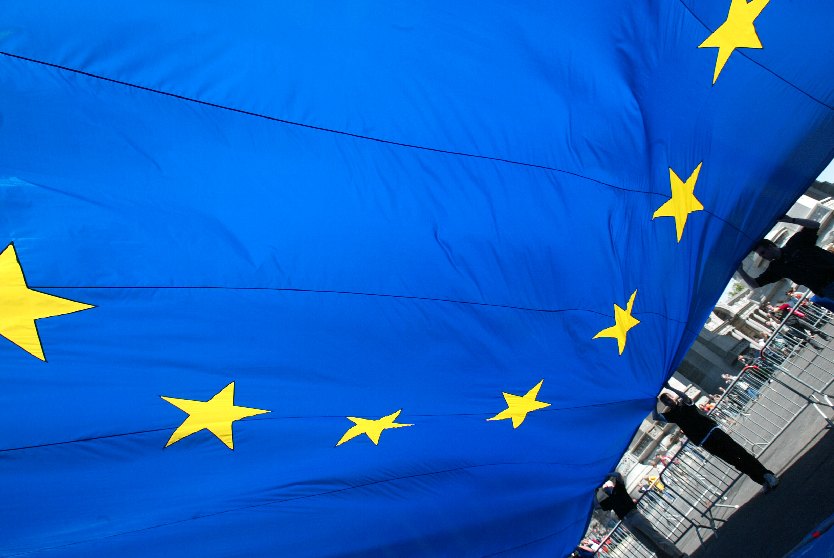The European Union, a global leader in climate action, faced internal divisions as it struggled to finalize an emissions-cutting plan for the upcoming UN climate conference (COP30) in Brazil. The bloc aimed to present a robust plan derived from a proposed 2040 target of a 90% emissions reduction compared to 1990 levels. However, disagreements among member states on this ambitious target complicated the process, leaving the EU scrambling for a solution ahead of the UN deadline. This internal struggle threatened to undermine the EU’s reputation as a climate leader, particularly given its significant contribution to global greenhouse gas emissions.
The EU, ranking behind China, the US, and India in terms of emissions, had previously demonstrated strong commitment to climate action, exceeding other international players. The bloc hoped to solidify its leadership position by submitting a comprehensive plan rooted in the ambitious 2040 goal to COP30 in November. However, with the deadline looming and member states still divided, the EU considered a “statement of intent” as a potential alternative to a concrete target. This statement would outline a range of emission reductions, between 66.3% and 72.5% by 2035, relative to 1990 levels, with the intention of narrowing down this range later. While not ideal, this approach would at least allow the EU to present a position at the crucial summit.
The Paris Agreement, signed in 2015, mandated participating countries to submit updated climate action policies, including 2035 emissions reduction targets, by February 2023. Most countries, including the EU, missed this deadline, which was subsequently extended to September, providing a narrow window for assessments before COP30 in November. While the EU recognized the importance of a formal submission, a “statement of intent” offered a viable alternative, preserving some semblance of global leadership and demonstrating continued engagement with climate action efforts. The UN encouraged world leaders, including EU chief Ursula von der Leyen, to announce their commitments at the General Assembly in New York, further emphasizing the urgency of the situation.
The EU’s overall goal of carbon neutrality by 2050, as part of the European Green Deal, remained unchanged, and significant progress had been made, with emissions already reduced by 37% compared to 1990 levels. However, shifting political priorities within the EU posed a challenge to climate ambitions. The ongoing wars in Ukraine and the Middle East, coupled with right-wing electoral gains in several member states and the European Parliament, shifted focus towards security and defense, while simultaneously dampening enthusiasm for aggressive climate action. The European Commission’s focus also shifted to bolstering domestic industry in response to competition from China and US trade policies, further complicating the climate agenda.
These shifting priorities contributed to the impasse on the proposed 90% emissions reduction target for 2040. While countries like Denmark and Spain supported the ambitious goal, others, including Hungary, the Czech Republic, and Poland, expressed concerns about its feasibility and potential negative impact on their industries. Poland, for example, argued for an exemption for its defense sector and suggested a maximum reduction of 83% by 2040, citing economic constraints. France, grappling with financial and political instability, sought greater clarity on the investment framework supporting decarbonization before committing to the target.
The delayed decision on the 2040 target, postponed to an October summit at the behest of France and Germany, cast a shadow over the EU’s climate leadership. This postponement, contrary to the Commission’s hope for a decision in September, sent a negative signal to the international community and raised concerns about the EU’s commitment to its climate goals. Critics argued that the delay undermined the bloc’s credibility on climate action, potentially jeopardizing its influence on the global stage. The EU’s internal struggle to balance economic realities, political considerations, and ambitious climate goals underscored the complexities of navigating the transition to a sustainable future.


